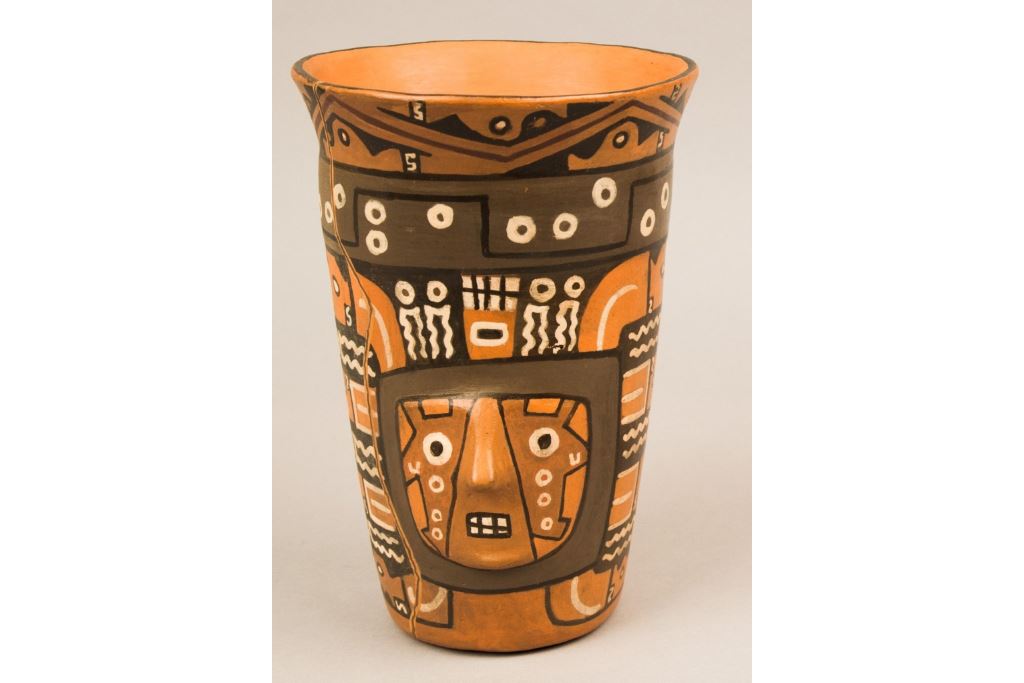
With all those clever craft beer ads, it’s easy to think beer is a relatively new element of society. Think again. And think a long way back.
A thousand years ago, the Wari empire dominated the South American Pacific coastal country of Peru. The Wari ruled for about 500 years, from 600 to 1100 AD.
How could such a society flourish for so long a time? A team of researchers that includes Eastern Michigan University Professor Ruth Ann Armitage pinpointed a contributing factor – the social and work-related elements of producing and enjoying beer.

Example vessels from the Cerro Baúl brewery identified as part of the Baúl chemical group by INAA. They represent cups, fermentation and serving vats, and a kero or drinking mug.
Armitage and others on the team, which includes lead author Ryan Williams, an associate curator and Head of Anthropology at the Field Museum in Chicago; Donna Nash (Field Museum and University of North Carolina Greensboro), and Josh Henkin (Field Museum and University of Illinois at Chicago) argue that this steady supply of beer could have helped keep Wari society stable. The group’s paper was published April 18, 2019 in the Sustainability Journal.
As reported by the Field Museum today, nearly twenty years ago Williams, Nash, and their team discovered an ancient Wari brewery in Cerro Baúl in the mountains of southern Peru. And since the beer they brewed, a light, sour beverage called chicha, was only good for about a week after being made, it wasn’t shipped offsite – people had to come to festivals to drink it.
To learn more about the beer that played such an important and unifying role in the enduring Wari society, the team analyzed pieces of ceramic beer vessels from Cerro Baúl.
Armitage’s involvement in the chicha analysis project started when Henkin approached her at a 2014 conference. He was enthusiastic about Armitage’s DART-MS methods to investigate residues on ancient ceramics.
DART stands for “direct analysis in real time.” For the analysis of the brewery ceramics, Armitage ground off a little bit of powder from the sherds and introduced that into the instrument, which immediately gave the group a mass spectrum, a kind of molecular fingerprint.
In September 2014, Henkin paid his own expenses to come with a box of samples to Eastern Michigan. Among the samples were ceramics that were thought to have traces of either chocolate or a beer made from corn, Peruvian berries related to pink peppercorns, or some combination of those. Armitage performed data analysis in 2014-15.
“Now we are finally publishing the results of our study as part of a larger investigation, using analytical chemistry to see how the elements in the clay that made their cups and the organic molecules from Peruvian pepper berries inside them can help us to understand people and their behavior at the ancient brewery at Cerro Baúl,” Armitage says.
For more information about Eastern Michigan University, visit the University’s website.
